




























See Also
See Again
© Getty Images
0 / 29 Fotos
1888: The Schoolhouse Blizzard, US
- On January 12, 1888, temperatures plummeted across the US Great Plains. An estimated 235 people died, many of whom were schoolchildren. The Army Signal Corps (who were responsible for weather reporting) failed to issue a warning.
© Getty Images
1 / 29 Fotos
1888: The Great Blizzard, US
- Later in the year, an unexpected blizzard hit the east coast. Again, the lack of warning killed at least 400 people on March 10, 1888.
© Getty Images
2 / 29 Fotos
1922: Knickerbocker Storm, Washington, D.C., US
- The Knickerbocker Storm hit Washington, D.C. on January 27, 1922, bringing nearly 2.5 feet (0.7 m) of snowfall. Mild weather had been forecast the day before. The storm was named after the Knickerbocker Theater, whose roof collapsed due to the weight of the snow, killing nearly 100 people.
© Getty Images
3 / 29 Fotos
1925: Tri-State Tornado, US
- The tornado of March 18, 1925, killed 695 people and left thousands homeless. The tornado hit Missouri, Illinois, and Indiana. Without any weather warning in place, the tornado became one of the deadliest in US history.
© Getty Images
4 / 29 Fotos
1948: Tinker Air Force Base tornadoes, Oklahoma, US
- On March 20, 1948, a tornado hit Tinker Air Force Base in Oklahoma, causing millions in damages. Five days later, another tornado struck the area. Before it did so, however, the first official tornado forecast was broadcast to the nation.
© Getty Images
5 / 29 Fotos
1953: The North Sea flood, UK, Netherlands, Belgium
- On the night of January 31, 1953, a storm tide of the North Sea hit the coastline of the UK, Netherlands, and Belgium, killing 2,551 people, and over 180,000 animals, as well as causing millions in damages. The forecast was not the problem in this case, but the lack of a public warning system that reached out to people. The Storm Tide Warning Service was created in the UK after the event.
© Getty Images
6 / 29 Fotos
1967: Chicago Blizzard, Illinois, US
- On January 26 and 27, 1967, Chicago was blanketed by nearly two foot (0.6 m) of snow, when only a few inches had been forecast. The Chicago blizzard paralyzed the city.
© Getty Images
7 / 29 Fotos
1970: Surprise snowstorm, England, UK
- On March 4, 1970, central and southeast England was hit by 12-18 inches (30-46cm) of snowfall. The Met Office only issued a warning on the day, leaving many unprepared.
© Getty Images
8 / 29 Fotos
1976: Heatwave, UK
- The UK was swept by a heatwave in 1976. The situation got so serious that the government appointed a Minister for Drought for the first time. A day after the minister Denis Howell was appointed, it started raining.
© Getty Images
9 / 29 Fotos
1985: Hurricane Elena, Mississippi, US
- Forecasters struggled to keep track of Hurricane Elene. Between August 28 and September 4, 1985, the storm killed nine people and triggered evacuations.
© Getty Images
10 / 29 Fotos
1987: The Great Storm, UK
- BBC weatherman Michael Fish infamously dismissed rumors of a hurricane. On October 16, 1987, he told his viewers: "Earlier on today, apparently, a woman rang the BBC and said she heard there was a hurricane on the way. Well, if you're watching, don't worry – there isn't!" It turns out, Fish was wrong.
© Getty Images
11 / 29 Fotos
2004: Hurricane Charley, Florida, US
- Weather forecasters failed to predict the intensity of Hurricane Charley, which surged from a Category 2 to a Category 4 when it made landfall near Cayo Costa in Florida.
© Getty Images
12 / 29 Fotos
2004: Boscastle flood, England, UK
- On August 17, 2004, the village of Boscastle in Cornwall was swept by floodwaters. Although heavy rain had been forecast, only a flood watch had been issued, which was the lowest level of flood alert.
© Getty Images
13 / 29 Fotos
2009: Cold snap, UK
- In 2009, the Met Office predicted a one-in-seven chance of a winter colder than average. It turned out to be the coldest winter in the UK in over 30 years.
© Getty Images
14 / 29 Fotos
2009: Drought, India
- In 2009, the India Meteorological Department (IMD) predicted no changes in the monsoon, but the rains came in a lot later and were not enough. This had a devastating effect on crops and farming in general.
© Getty Images
15 / 29 Fotos
2010: Typhoon Conson, Philippines
- On July 14, 2010, a devastating typhoon hit Manilla, killing 111 and causing millions in damage. The Philippine Atmospheric, Geophysical and Astronomical Services Administration (PAGASA) failed to forecast the typhoon.
© Getty Images
16 / 29 Fotos
2010-11: Cold winter, UK
- The UK faced a very cold winter in 2010-11. According to a media investigation, the Met Office warned the UK government of it, but the information was withheld from the public. This was because of previous mistakes concerning long-range forecasts. Warnings were not issued until a couple of days before the cold weather hit the nation.
© Getty Images
17 / 29 Fotos
2012: Superstorm Sandy, US
- The National Hurricane Center (NHC) did forecast the storm, but failed to issue hurricane warnings north of North Carolina, which likely affected the public preparedness and response. Sandy then transformed into a more powerful storm.
© Getty Images
18 / 29 Fotos
2014: Brisbane hailstorm, Queensland, Australia
- On November 27, 2014, a super cell storm hit the Australian city. In addition to the strong winds and heavy rain, massive hailstones cause a lot of damage. The storm was not forecast to be so powerful.
© Getty Images
19 / 29 Fotos
2015: Tropical Storm Erika, Caribbean
- Tropical Storm Erika hit the Caribbean in late August 2015. The forecast was that Erika would become a hurricane and hit Florida, which prompted school closures and flight cancellations, among others. The storm dissipated before hitting Florida.
© Getty Images
20 / 29 Fotos
2015: The blizzard that never came, New York City, US
- Back in 2015, New Yorkers braced for "the biggest snowstorm in the history of the city." Mayor Bill de Blasio ordered the shutdown of the subway and imposed a driving ban. In the end, just five inches (12.7 cm) of snow fell in the Big Apple.
© Getty Images
21 / 29 Fotos
2017: Hurricane Maria, Caribbean
- In just 15 hours, a storm rapidly intensified from a category 1 to a category 5, catching forecasters off-guard. In September 2017, Puerto Rico, Dominica, and Martinique, were hit hard by Hurricane Maria.
© Getty Images
22 / 29 Fotos
2017: Cyclone Cook, Auckland, New Zealand
- In April 2017, forecasters warned that Cyclone Cook would be the worst storm to hit Auckland in 50 years. This prompted panic buying, as well as offices and school closures. The cyclone then bypassed the city.
© Getty Images
23 / 29 Fotos
2018: Bank holiday thunderstorms, UK
- The BBC predicted bad weather for the 2018 May bank holiday weekend in the UK, affecting tourism in several seaside resorts. The BBC then faced backlash for the blunder because they switched weather forecast providers, from the Met Office to MeteoGroup.
© Getty Images
24 / 29 Fotos
2019: Guadalajara hailstorm, Mexico
- In July 2019, the Mexican city was carpeted by six feet (1.5 m) of ice. The extreme weather event caught everyone by surprise, including weather forecasters.
© Getty Images
25 / 29 Fotos
2019: Weather bomb, Greece
- Tourists and residents alike were struck by extreme weather in the region of Halkidiki in Greece. In just 20 minutes the so-called "weather bomb" killed ten people and caused thousands in damages. It goes without saying, no one was expecting it.
© Getty Images
26 / 29 Fotos
2020: Nashville tornadoes, Tennessee, US
- Two tornadoes ravaged Tennessee in March 2020. The National Weather Service Storm Prediction Center predicted that Nashville was only in a "slight" risk zone for severe weather. This was not the case.
© Getty Images
27 / 29 Fotos
2022: The storm no-show, Hungary
- In August 2022, forecasters predicted a storm for St. Stephen's Day. Hungary's national holiday is usually celebrated on the streets in Budapest, but many people cancelled their plans. The storm missed the city completely. Two chiefs of the national meteorological service were fired as a result. Sources: (Love Exploring) See also: How to prepare for a natural disaster
© Getty Images
28 / 29 Fotos
© Getty Images
0 / 29 Fotos
1888: The Schoolhouse Blizzard, US
- On January 12, 1888, temperatures plummeted across the US Great Plains. An estimated 235 people died, many of whom were schoolchildren. The Army Signal Corps (who were responsible for weather reporting) failed to issue a warning.
© Getty Images
1 / 29 Fotos
1888: The Great Blizzard, US
- Later in the year, an unexpected blizzard hit the east coast. Again, the lack of warning killed at least 400 people on March 10, 1888.
© Getty Images
2 / 29 Fotos
1922: Knickerbocker Storm, Washington, D.C., US
- The Knickerbocker Storm hit Washington, D.C. on January 27, 1922, bringing nearly 2.5 feet (0.7 m) of snowfall. Mild weather had been forecast the day before. The storm was named after the Knickerbocker Theater, whose roof collapsed due to the weight of the snow, killing nearly 100 people.
© Getty Images
3 / 29 Fotos
1925: Tri-State Tornado, US
- The tornado of March 18, 1925, killed 695 people and left thousands homeless. The tornado hit Missouri, Illinois, and Indiana. Without any weather warning in place, the tornado became one of the deadliest in US history.
© Getty Images
4 / 29 Fotos
1948: Tinker Air Force Base tornadoes, Oklahoma, US
- On March 20, 1948, a tornado hit Tinker Air Force Base in Oklahoma, causing millions in damages. Five days later, another tornado struck the area. Before it did so, however, the first official tornado forecast was broadcast to the nation.
© Getty Images
5 / 29 Fotos
1953: The North Sea flood, UK, Netherlands, Belgium
- On the night of January 31, 1953, a storm tide of the North Sea hit the coastline of the UK, Netherlands, and Belgium, killing 2,551 people, and over 180,000 animals, as well as causing millions in damages. The forecast was not the problem in this case, but the lack of a public warning system that reached out to people. The Storm Tide Warning Service was created in the UK after the event.
© Getty Images
6 / 29 Fotos
1967: Chicago Blizzard, Illinois, US
- On January 26 and 27, 1967, Chicago was blanketed by nearly two foot (0.6 m) of snow, when only a few inches had been forecast. The Chicago blizzard paralyzed the city.
© Getty Images
7 / 29 Fotos
1970: Surprise snowstorm, England, UK
- On March 4, 1970, central and southeast England was hit by 12-18 inches (30-46cm) of snowfall. The Met Office only issued a warning on the day, leaving many unprepared.
© Getty Images
8 / 29 Fotos
1976: Heatwave, UK
- The UK was swept by a heatwave in 1976. The situation got so serious that the government appointed a Minister for Drought for the first time. A day after the minister Denis Howell was appointed, it started raining.
© Getty Images
9 / 29 Fotos
1985: Hurricane Elena, Mississippi, US
- Forecasters struggled to keep track of Hurricane Elene. Between August 28 and September 4, 1985, the storm killed nine people and triggered evacuations.
© Getty Images
10 / 29 Fotos
1987: The Great Storm, UK
- BBC weatherman Michael Fish infamously dismissed rumors of a hurricane. On October 16, 1987, he told his viewers: "Earlier on today, apparently, a woman rang the BBC and said she heard there was a hurricane on the way. Well, if you're watching, don't worry – there isn't!" It turns out, Fish was wrong.
© Getty Images
11 / 29 Fotos
2004: Hurricane Charley, Florida, US
- Weather forecasters failed to predict the intensity of Hurricane Charley, which surged from a Category 2 to a Category 4 when it made landfall near Cayo Costa in Florida.
© Getty Images
12 / 29 Fotos
2004: Boscastle flood, England, UK
- On August 17, 2004, the village of Boscastle in Cornwall was swept by floodwaters. Although heavy rain had been forecast, only a flood watch had been issued, which was the lowest level of flood alert.
© Getty Images
13 / 29 Fotos
2009: Cold snap, UK
- In 2009, the Met Office predicted a one-in-seven chance of a winter colder than average. It turned out to be the coldest winter in the UK in over 30 years.
© Getty Images
14 / 29 Fotos
2009: Drought, India
- In 2009, the India Meteorological Department (IMD) predicted no changes in the monsoon, but the rains came in a lot later and were not enough. This had a devastating effect on crops and farming in general.
© Getty Images
15 / 29 Fotos
2010: Typhoon Conson, Philippines
- On July 14, 2010, a devastating typhoon hit Manilla, killing 111 and causing millions in damage. The Philippine Atmospheric, Geophysical and Astronomical Services Administration (PAGASA) failed to forecast the typhoon.
© Getty Images
16 / 29 Fotos
2010-11: Cold winter, UK
- The UK faced a very cold winter in 2010-11. According to a media investigation, the Met Office warned the UK government of it, but the information was withheld from the public. This was because of previous mistakes concerning long-range forecasts. Warnings were not issued until a couple of days before the cold weather hit the nation.
© Getty Images
17 / 29 Fotos
2012: Superstorm Sandy, US
- The National Hurricane Center (NHC) did forecast the storm, but failed to issue hurricane warnings north of North Carolina, which likely affected the public preparedness and response. Sandy then transformed into a more powerful storm.
© Getty Images
18 / 29 Fotos
2014: Brisbane hailstorm, Queensland, Australia
- On November 27, 2014, a super cell storm hit the Australian city. In addition to the strong winds and heavy rain, massive hailstones cause a lot of damage. The storm was not forecast to be so powerful.
© Getty Images
19 / 29 Fotos
2015: Tropical Storm Erika, Caribbean
- Tropical Storm Erika hit the Caribbean in late August 2015. The forecast was that Erika would become a hurricane and hit Florida, which prompted school closures and flight cancellations, among others. The storm dissipated before hitting Florida.
© Getty Images
20 / 29 Fotos
2015: The blizzard that never came, New York City, US
- Back in 2015, New Yorkers braced for "the biggest snowstorm in the history of the city." Mayor Bill de Blasio ordered the shutdown of the subway and imposed a driving ban. In the end, just five inches (12.7 cm) of snow fell in the Big Apple.
© Getty Images
21 / 29 Fotos
2017: Hurricane Maria, Caribbean
- In just 15 hours, a storm rapidly intensified from a category 1 to a category 5, catching forecasters off-guard. In September 2017, Puerto Rico, Dominica, and Martinique, were hit hard by Hurricane Maria.
© Getty Images
22 / 29 Fotos
2017: Cyclone Cook, Auckland, New Zealand
- In April 2017, forecasters warned that Cyclone Cook would be the worst storm to hit Auckland in 50 years. This prompted panic buying, as well as offices and school closures. The cyclone then bypassed the city.
© Getty Images
23 / 29 Fotos
2018: Bank holiday thunderstorms, UK
- The BBC predicted bad weather for the 2018 May bank holiday weekend in the UK, affecting tourism in several seaside resorts. The BBC then faced backlash for the blunder because they switched weather forecast providers, from the Met Office to MeteoGroup.
© Getty Images
24 / 29 Fotos
2019: Guadalajara hailstorm, Mexico
- In July 2019, the Mexican city was carpeted by six feet (1.5 m) of ice. The extreme weather event caught everyone by surprise, including weather forecasters.
© Getty Images
25 / 29 Fotos
2019: Weather bomb, Greece
- Tourists and residents alike were struck by extreme weather in the region of Halkidiki in Greece. In just 20 minutes the so-called "weather bomb" killed ten people and caused thousands in damages. It goes without saying, no one was expecting it.
© Getty Images
26 / 29 Fotos
2020: Nashville tornadoes, Tennessee, US
- Two tornadoes ravaged Tennessee in March 2020. The National Weather Service Storm Prediction Center predicted that Nashville was only in a "slight" risk zone for severe weather. This was not the case.
© Getty Images
27 / 29 Fotos
2022: The storm no-show, Hungary
- In August 2022, forecasters predicted a storm for St. Stephen's Day. Hungary's national holiday is usually celebrated on the streets in Budapest, but many people cancelled their plans. The storm missed the city completely. Two chiefs of the national meteorological service were fired as a result. Sources: (Love Exploring) See also: How to prepare for a natural disaster
© Getty Images
28 / 29 Fotos
Weather forecast errors that had serious consequences
Some mistakes had disastrous consequences
© <p>Getty Images</p>
Weather forecasting has evolved considerably over the last decades, but some weather events remain unpredictable. Throughout history there have been instances when forecasters were wrong about their predictions, sometimes with devastating consequences. While most of these errors were about failing to predict the seriousness of a weather event, there have also been times when weather forecasters raised alarm bells unnecessarily.
In this gallery, we look back at some of the moments forecasters got it completely wrong. Click on.
RECOMMENDED FOR YOU

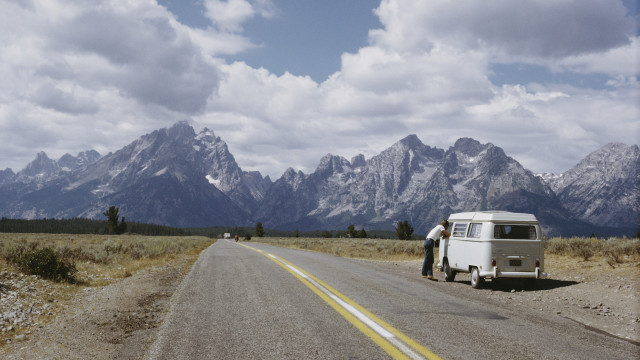

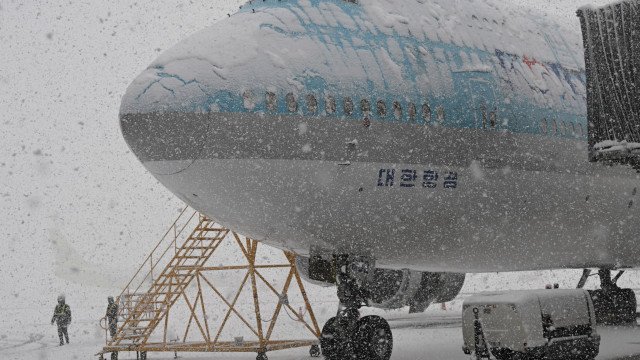
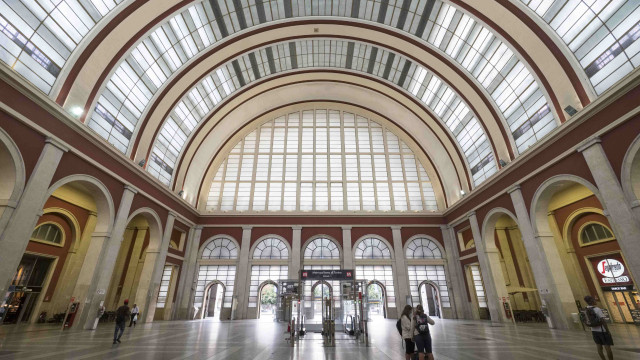
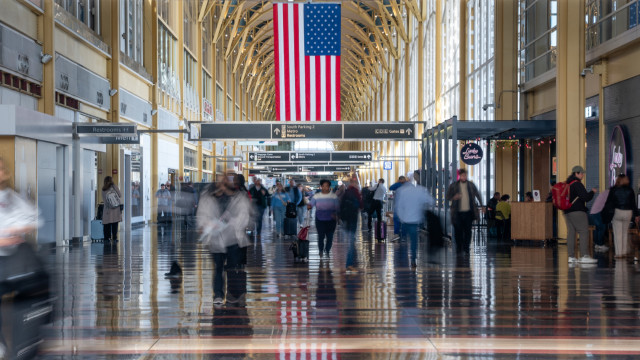
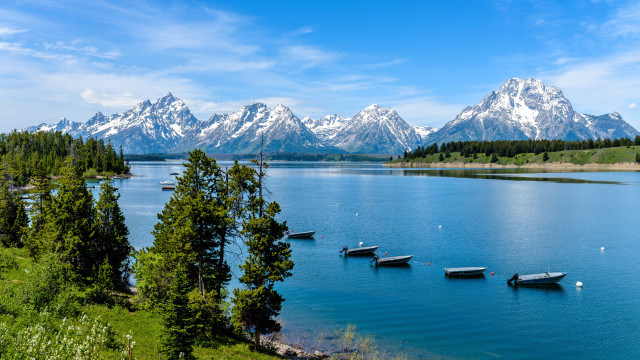
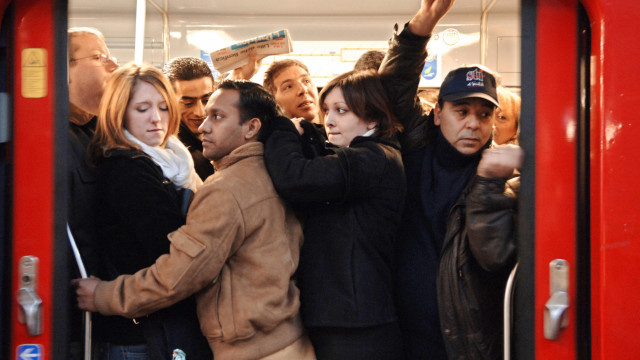

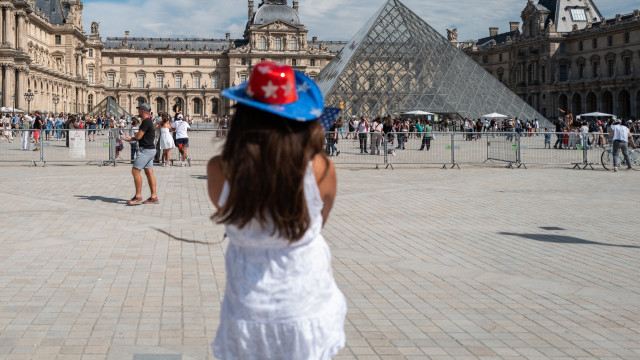

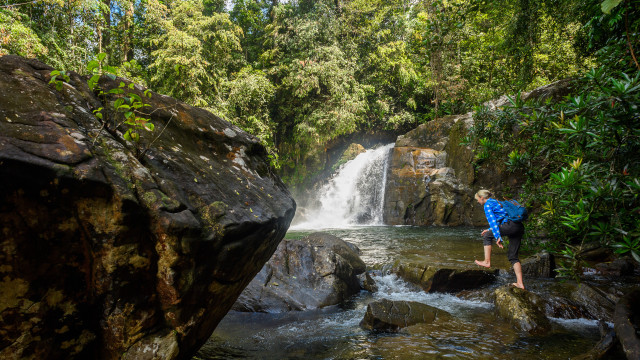
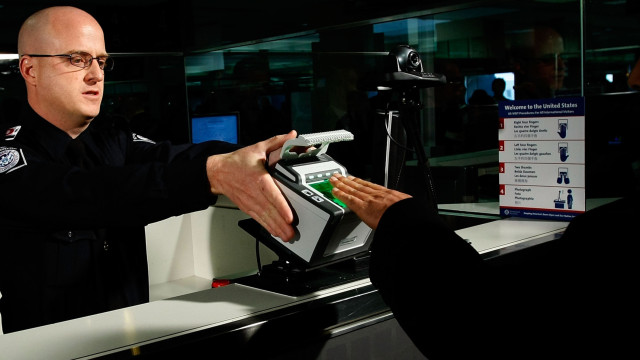

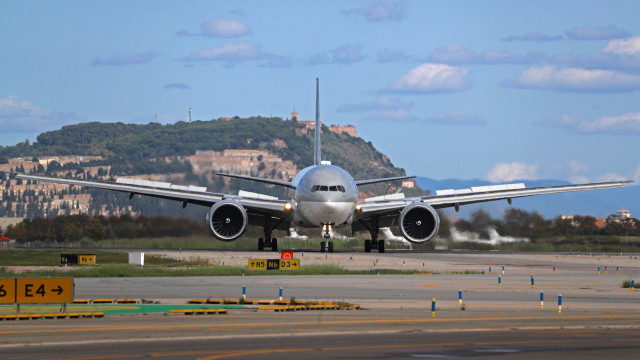






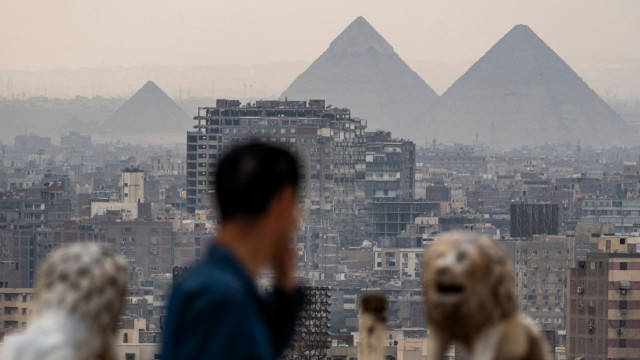
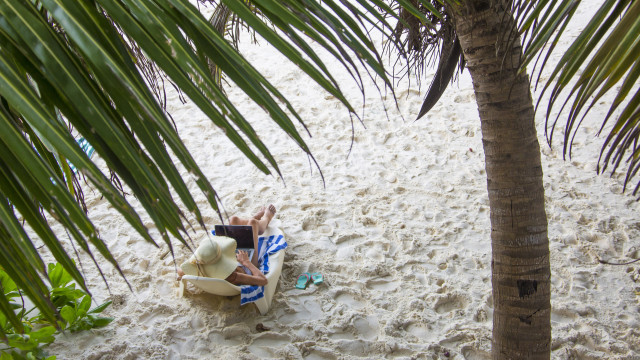
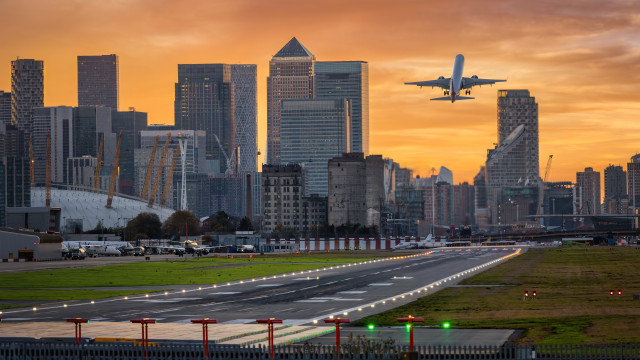
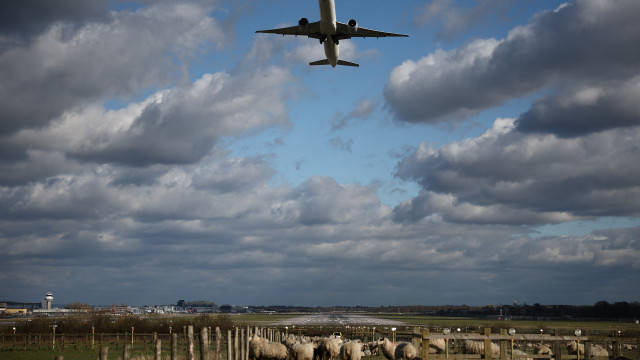



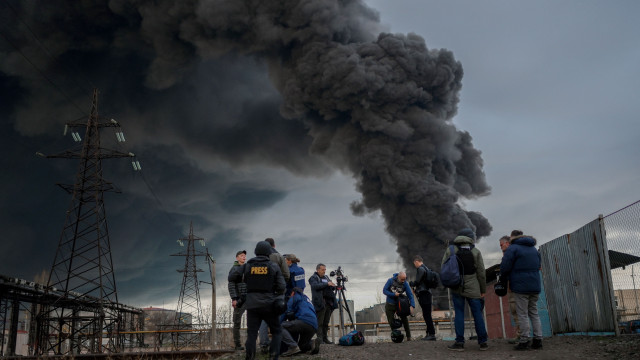
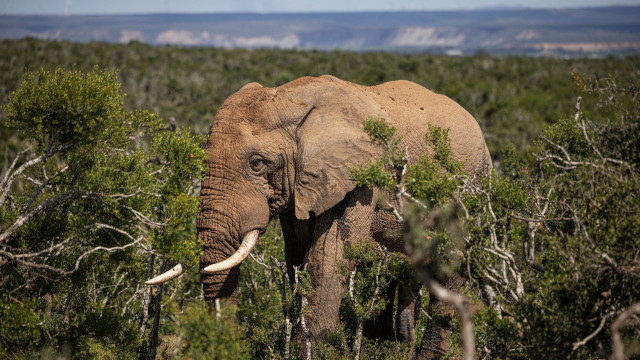
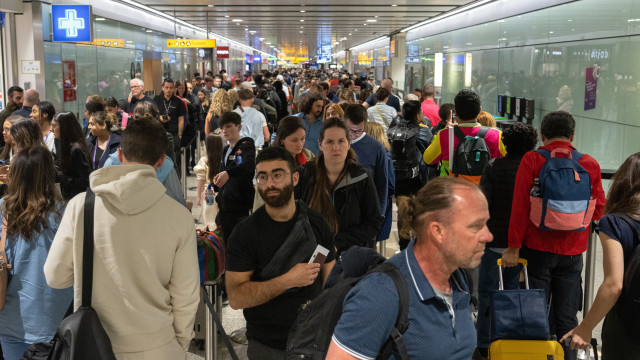





MOST READ
- Last Hour
- Last Day
- Last Week








